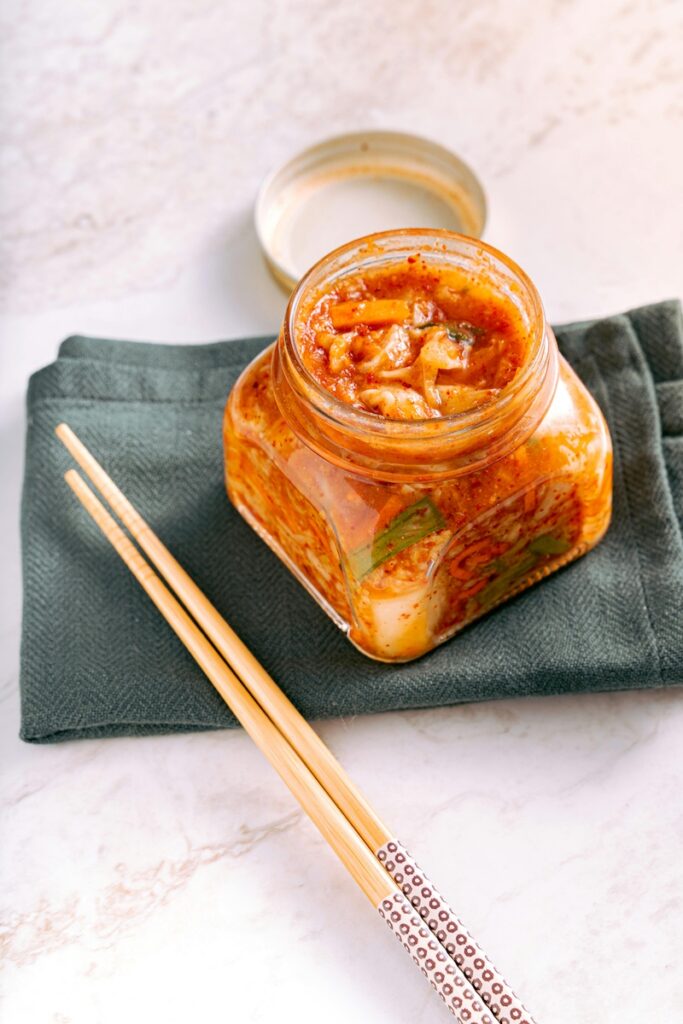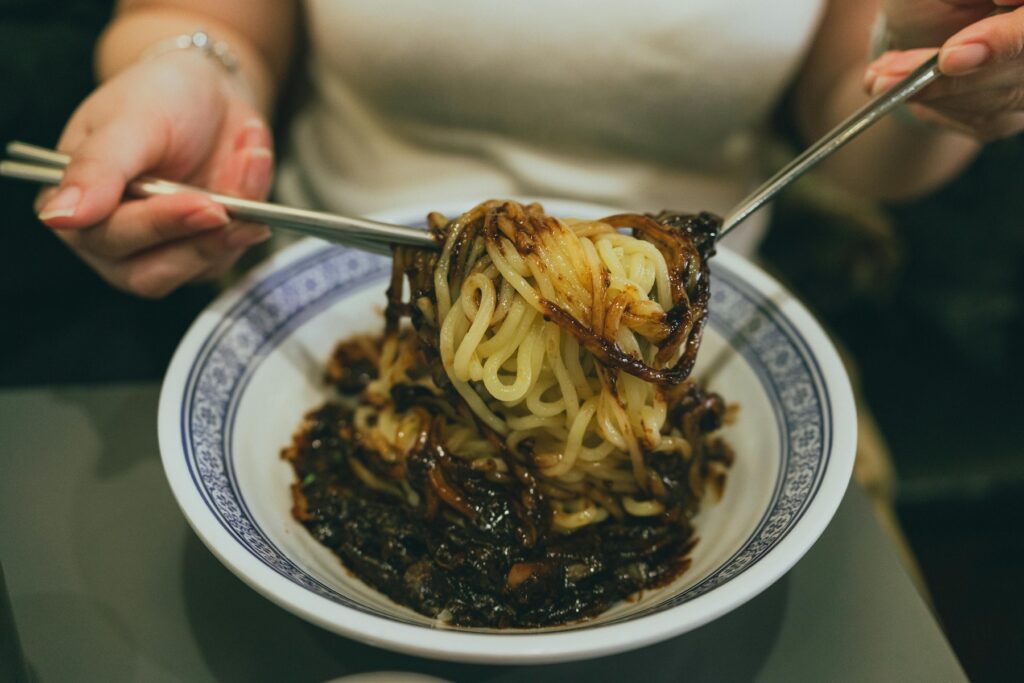Introduction: Why Korean Traditional Tea Deserves Attention
When people think of Asian tea culture, Japan’s matcha or China’s oolong often come to mind. But hidden between these two tea giants lies Korea, a country with its own unique tea heritage. Korean traditional tea (jeontong-cha, 전통차) is not just a beverage—it is a reflection of history, medicine, hospitality, and everyday life.
From refreshing yuja-cha (citron tea) to deeply nourishing ssanghwa-cha (herbal tonic tea), each variety carries centuries of tradition and practical benefits. For foreign visitors, discovering Korean tea culture provides not only a taste experience but also a window into Korean daily life and wellness philosophy.
This guide introduces the world of Korean traditional teas, focusing on their flavors, health benefits, seasonal roles, and where travelers can enjoy them. Among these, we will highlight ssanghwa-cha, a uniquely Korean health drink that combines herbal medicine with comfort.
1. A Brief History of Korean Traditional Tea
Tea culture in Korea stretches back more than a thousand years. During the Three Kingdoms period (57 BC – AD 668), tea plants were introduced from China. Over time, Korea developed its own unique tea traditions.
- Goryeo Dynasty (918–1392): Tea became part of Buddhist rituals and royal ceremonies.
- Joseon Dynasty (1392–1897): Confucian values emphasized moderation, leading to simpler tea practices compared to Japan’s elaborate tea ceremonies. Herbal infusions gained popularity, reflecting Korea’s close ties between food and medicine.
- Modern Era: While green tea remained important, Koreans embraced a wide range of “tea” made from grains, fruits, flowers, and herbs—what we now call traditional Korean teas.
Unlike in Japan or China, where “tea” usually refers to the tea plant (Camellia sinensis), in Korea the word “cha (차)” applies broadly to any infusion: barley tea, ginseng tea, jujube tea, ginger tea, ssanghwa tea, and many more.
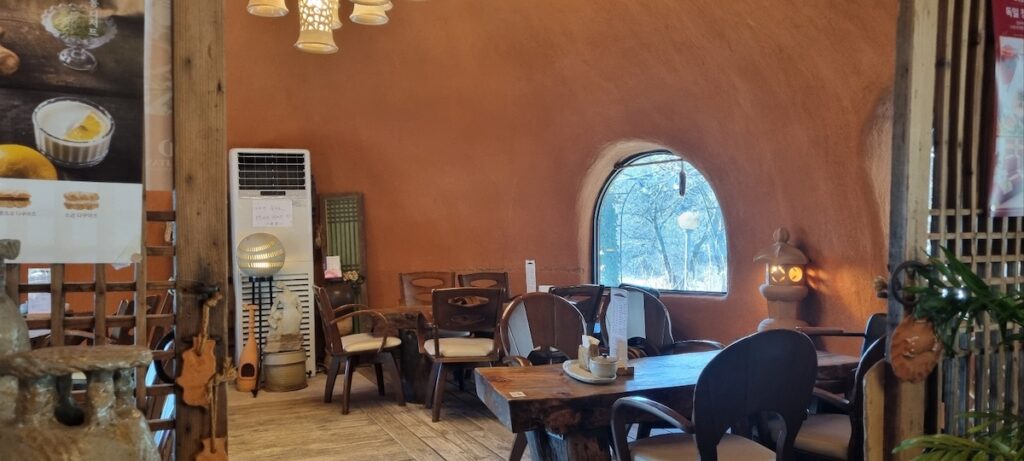
2. Categories of Korean Traditional Tea
Korean teas can be grouped into several categories:
- Leaf Teas (녹차, 홍차): Made from tea leaves, such as green tea from Boseong.
- Grain Teas (곡물차): Everyday teas made from roasted barley (bori-cha) or corn (oksusu-cha).
- Fruit Teas (과일차): Yuja-cha (citron tea), maesil-cha (plum tea), omija-cha (schisandra berry tea).
- Herbal Teas (약차): Ginseng tea, ssanghwa tea, chrysanthemum tea.
- Flower Teas (꽃차): Made from chrysanthemum, magnolia, or persimmon flowers.
These teas reflect Korea’s seasonal lifestyle and holistic approach to health.
3. Famous Korean Traditional Teas
Let’s explore some of the most beloved teas in Korea, each with its own taste and story.
Yuja-cha (유자차, Citron Tea)
- Flavor: Sweet, tangy, refreshing.
- Health Benefits: Rich in vitamin C, good for colds and sore throats.
- Cultural Note: Often served in winter, using yuja marmalade mixed with hot water.
Daechu-cha (대추차, Jujube Tea)
- Flavor: Sweet with a date-like richness.
- Health Benefits: Promotes blood circulation, relieves stress, boosts immunity.
- Tradition: Common in traditional weddings and ancestral rituals.
Saenggang-cha (생강차, Ginger Tea)
- Flavor: Spicy and warming.
- Health Benefits: Improves digestion, relieves nausea, prevents colds.
- Best Season: Winter months.
Omija-cha (오미자차, Five-Flavored Berry Tea)
- Flavor: A balance of sour, sweet, bitter, salty, and pungent—unique to omija berries.
- Health Benefits: Known for cooling properties, good for the liver and fatigue recovery.
- Best Season: Summer, served cold.
Gukhwa-cha (국화차, Chrysanthemum Tea)
- Flavor: Floral, slightly sweet.
- Health Benefits: Soothes the eyes, reduces fever, calms the mind.
Boricha (보리차, Barley Tea)
- Flavor: Nutty and roasted.
- Use: Served with almost every Korean meal, often replacing water.
- Note: Unlike Japanese mugicha, Korean barley tea is served hot in winter and cold in summer.
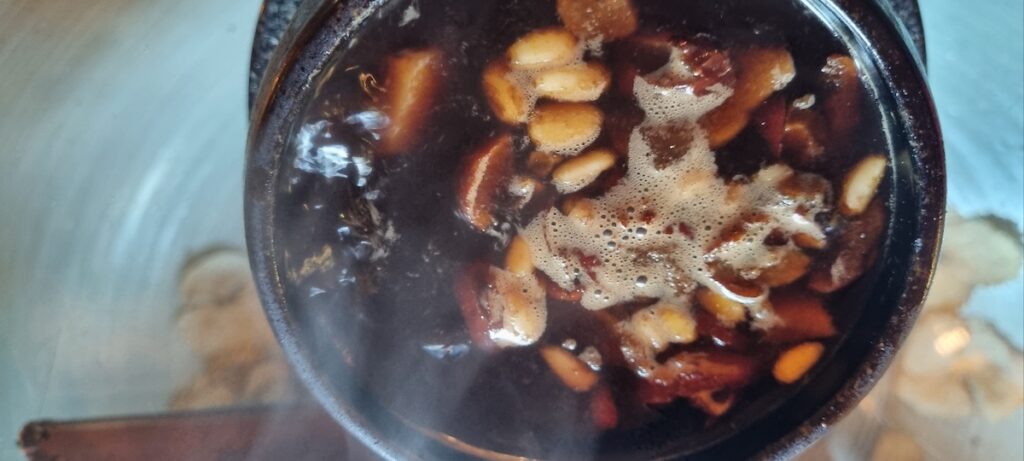
4. Ssanghwa-cha (쌍화차): Korea’s Signature Tonic Tea
Among all Korean teas, ssanghwa-cha stands out for its rich history and medicinal properties.
Origins
The word “ssanghwa” means “double harmony,” referring to its blend of multiple herbs. Traditionally, ssanghwa-cha was made by decocting ingredients used in Korean traditional medicine (hanbang, 한방).
Ingredients
- Jujube (dates)
- Ginger
- Cinnamon
- Licorice root
- Peony root
- Astragalus root
- Honey
- Topped with pine nuts, walnuts, or pine seeds
Health Benefits
- Restores energy and stamina
- Boosts immunity
- Improves blood circulation
- Reduces fatigue
- Considered a natural tonic after illness or childbirth
Cultural Significance
- In the past, students preparing for exams often drank ssanghwa-cha to stay strong.
- Workers and soldiers consumed it to recover after long hours.
- Today, it’s popular in traditional teahouses and sometimes reimagined as “ssanghwa latte” in modern cafés.
Photography & Travel Experience
- Served steaming hot in dark earthenware cups, garnished with floating jujubes and nuts.
- For travelers, tasting ssanghwa-cha in a hanok-style teahouse is both a cultural and sensory experience.
5. Seasonal Recommendations
- Winter: Ssanghwa-cha, Saenggang-cha (ginger tea), Yuja-cha.
- Spring: Gukhwa-cha (chrysanthemum tea), Omija-cha (refreshing against spring allergies).
- Summer: Omija-cha iced, Boricha cold, maesil-cha (plum tea).
- Autumn: Daechu-cha (jujube tea), Ginseng tea, herbal infusions.
6. Traditional Teahouses in Korea
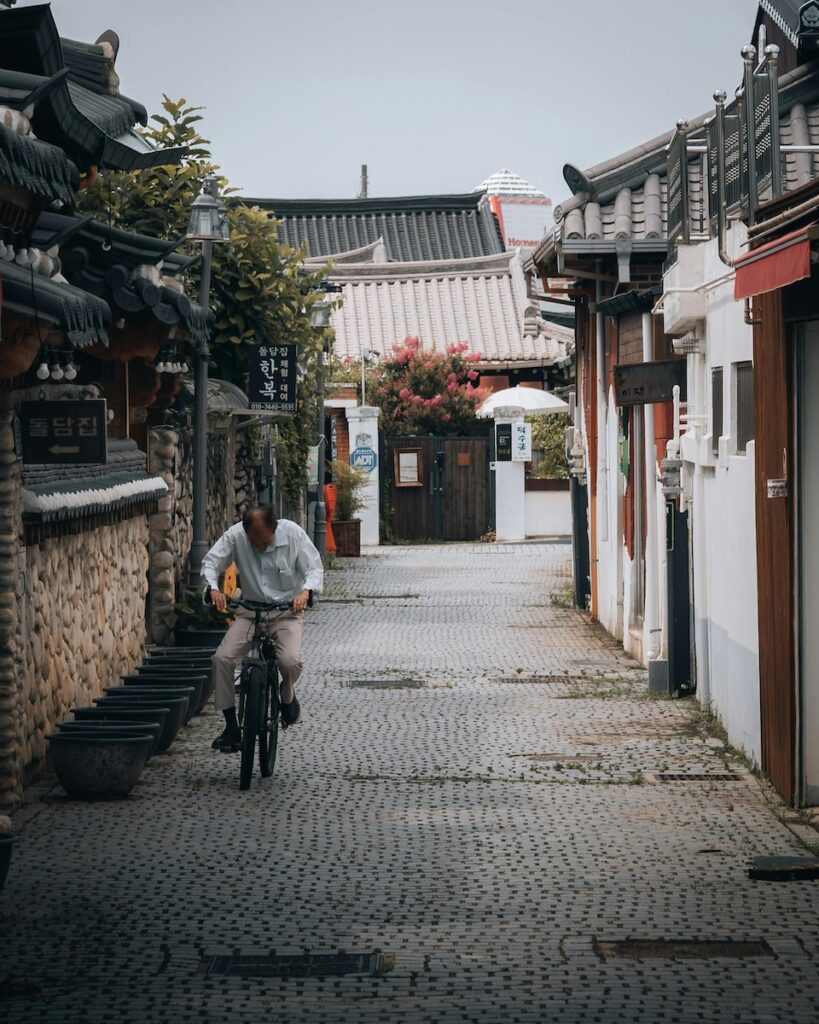
For the best experience, visitors should explore traditional teahouses (전통찻집) in Seoul and other cultural cities.
In Seoul:
- Insadong (인사동): Famous for its antique teahouses. You can find ssanghwa-cha served in rustic pottery.
- Bukchon Hanok Village (북촌): Hanok-style cafés offering both traditional and modernized teas.
Outside Seoul:
- Jeonju Hanok Village (전주한옥마을): Known for authentic teahouse experiences.
- Gyeongju (경주): A historical city where tea connects directly with Buddhist heritage.
7. Modern Interpretations of Traditional Tea
Korean cafés are creative in reintroducing traditional flavors:
- Ssanghwa Latte: A softer, milkier version of ssanghwa-cha.
- Omija Ade: Sparkling water mixed with omija syrup.
- Yuja Tea Ice Blended: Refreshing summer drink.
By adapting traditional teas to modern tastes, younger generations are rediscovering their cultural roots.
8. Practical Tips for Foreign Visitors
- Ordering Tea in Korea
- Say “ssanghwa-cha juseyo (쌍화차 주세요)” to order ssanghwa tea.
- Most teahouses have English menus in tourist areas.
- Where to Buy
- Grocery stores sell jarred yuja marmalade and tea bags.
- Traditional markets like Gwangjang Market sell dried herbs for brewing.
- Cultural Etiquette
- Teas are often served with small snacks like rice cakes (tteok).
- Sharing tea is considered a gesture of hospitality.
Conclusion: Korean Tea as a Journey of Culture and Wellness
Korean traditional tea is more than just a drink—it is medicine, comfort, culture, and hospitality. Each sip carries centuries of wisdom and a deep respect for harmony between nature and human health.
Among them, ssanghwa-cha best symbolizes Korea’s tea culture: nourishing, restorative, and deeply rooted in everyday life. For travelers, experiencing traditional tea—whether in a rustic teahouse in Insadong or a modern café in Hongdae—offers a unique way to connect with Korean culture.
If Japan has matcha and China has pu-erh, then Korea proudly presents ssanghwa-cha and a full spectrum of herbal and fruit teas to the world.
So, on your next visit to Korea, don’t just drink coffee—discover the world of Korean tea.
